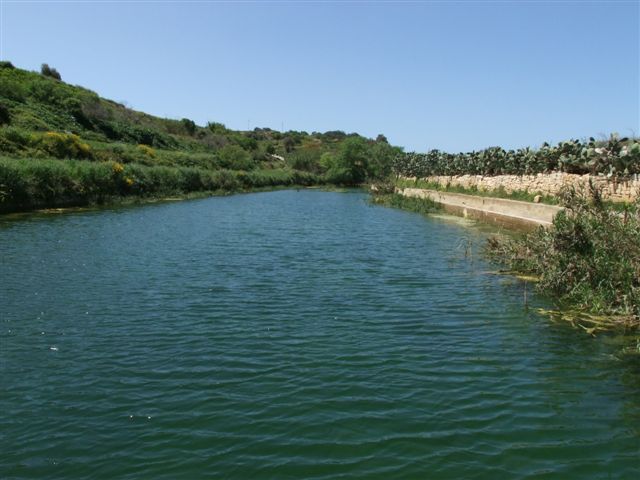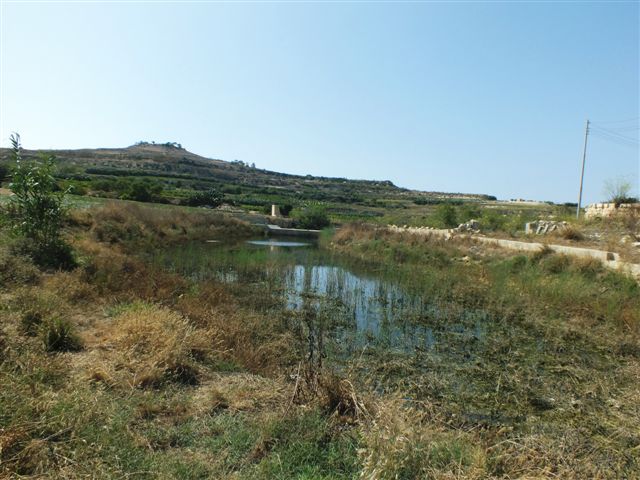Schabracken-Königslibelle
© Clemens M. Brandstetter
 (from Boudot & al. 2009:102): Rather regular reproduction localities are however largely limited to areas with a hot climate in North Africa and some European areas bordering the Mediterranean Sea, although a summer generation may also emerge in Central Europe during favourable years. Even though winter oviposition, starting in December, has been reported from northern Marocco, there is practically no evidence for the development of a larval generation in the Mediterranean region during winter as probably the summer generation leaves Europe again before ovipositing. The species is an obligate migrant and can often be seen in large numbers.
(from Boudot & al. 2009:102): Rather regular reproduction localities are however largely limited to areas with a hot climate in North Africa and some European areas bordering the Mediterranean Sea, although a summer generation may also emerge in Central Europe during favourable years. Even though winter oviposition, starting in December, has been reported from northern Marocco, there is practically no evidence for the development of a larval generation in the Mediterranean region during winter as probably the summer generation leaves Europe again before ovipositing. The species is an obligate migrant and can often be seen in large numbers.
 Società italiana per lo studio e la conservazione delle libellule.
Società italiana per lo studio e la conservazione delle libellule.
Die Schabracken-Königslibelle, Anax ephippiger (Burmeister 1839), stammt ursprünglich aus dem tropischen Afrika südlich der Sahara. Sie sind Wanderlibellen, die in Scharen zu ausgedehnten Flügen aufbrechen (Corso & al. 2012) und vom tropischen Afrika aus Nordafrika, die Kanaren, Europa und in geeigneten Jahren sogar Island erreichen. In Arabien ist die Art weit verbreitet, sie kommt sowohl in der Wüste als auch in den Bergen vor. (Feulner & al. 2007). Schröter (2010) meldet die Art aus Kirgisistan. Beim Männchen ist das erste Abdominalsegment blau gefärbt, ähnlich einer Schabracke. *)
Schweighofer (2009) beschreibt den Ansiedelungsversuch der Art in Oberösterreich.
Paarungsrad der Schabrackenlibelle, Chadwick lakes, Malta – Foto: Charles Gauci.

Chadwick Lakes auf Malta – Foto: Charles Gauci.

Chadwick Lakes auf Malta – Foto: Charles Gauci.
*) Schabracke = Decke für Pferderücken.
Literatur:
Boudot J.-P., V. J. Kalkman, M. Amorín, T. Bogdanović, A. Rivera,G. Degabriele, J.L. Dommanget, S. Ferreira, B. Garrigós, M. Jović, M. Kotarac, W. Lopau, M. Marinov, N. Mihoković, E. Riservato, B. Samraoui & W. Schneider 2009: Atlas of the Odonata of the Mediterranean and North Africa. – Libellula Supplement 9:1-256.
Burmeister C. H. C. 1839: Handbuch der Entomologie. Neuroptera. – Berlin, Reimer 2(2): xii + 757-1050 (Odonata: 805-862, 1016-1017, Atlas pl 6).
Corso, A., Janni, O., Pavesi, M., Sammut, M., Sciberras, A. & Vigano, M. 2012: Annotated checklist of the dragonflies (Insecta Odonata) of the islands of the Sicilian Channel, including the first records of Sympetrum sinaiticum Dumont, 1977 and Pantala flavescens (Fabricius, 1798) for Italy. – Biodiversity Journal, 2012, 3 (4): 459-478.
Feulner G.R., Reimer R.W. & Hornby R.J. 2007: An Updated illustrated Checklist of the Damselflies & Dragonflies of the UAE. Tribulus, Volume 17: 37 – 62.
Schröter A. 2010: The Odonata of Kyrgyzstan, part I – Critical national checklist, annotated list of records and collected data of the summer half-years 2008 and 2009. – International Dragonfly Fund – Report 28 (2010): 1-72.
Schweighofer W. 2009: Seltener Besuch aus der Sahelzone – die Schabracken-Königslibelle. – Lanius 18 (3/4) 7 – 8.
